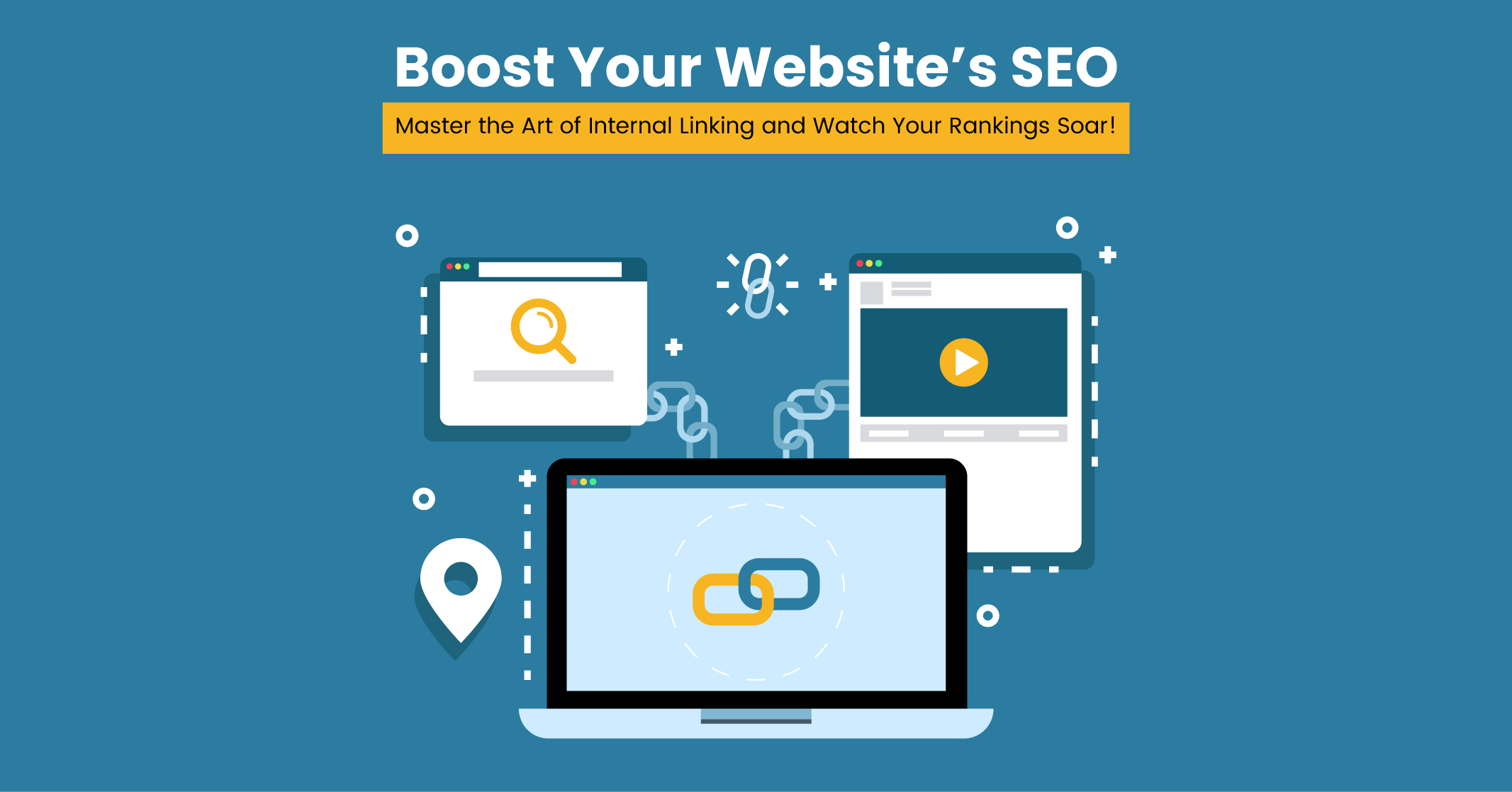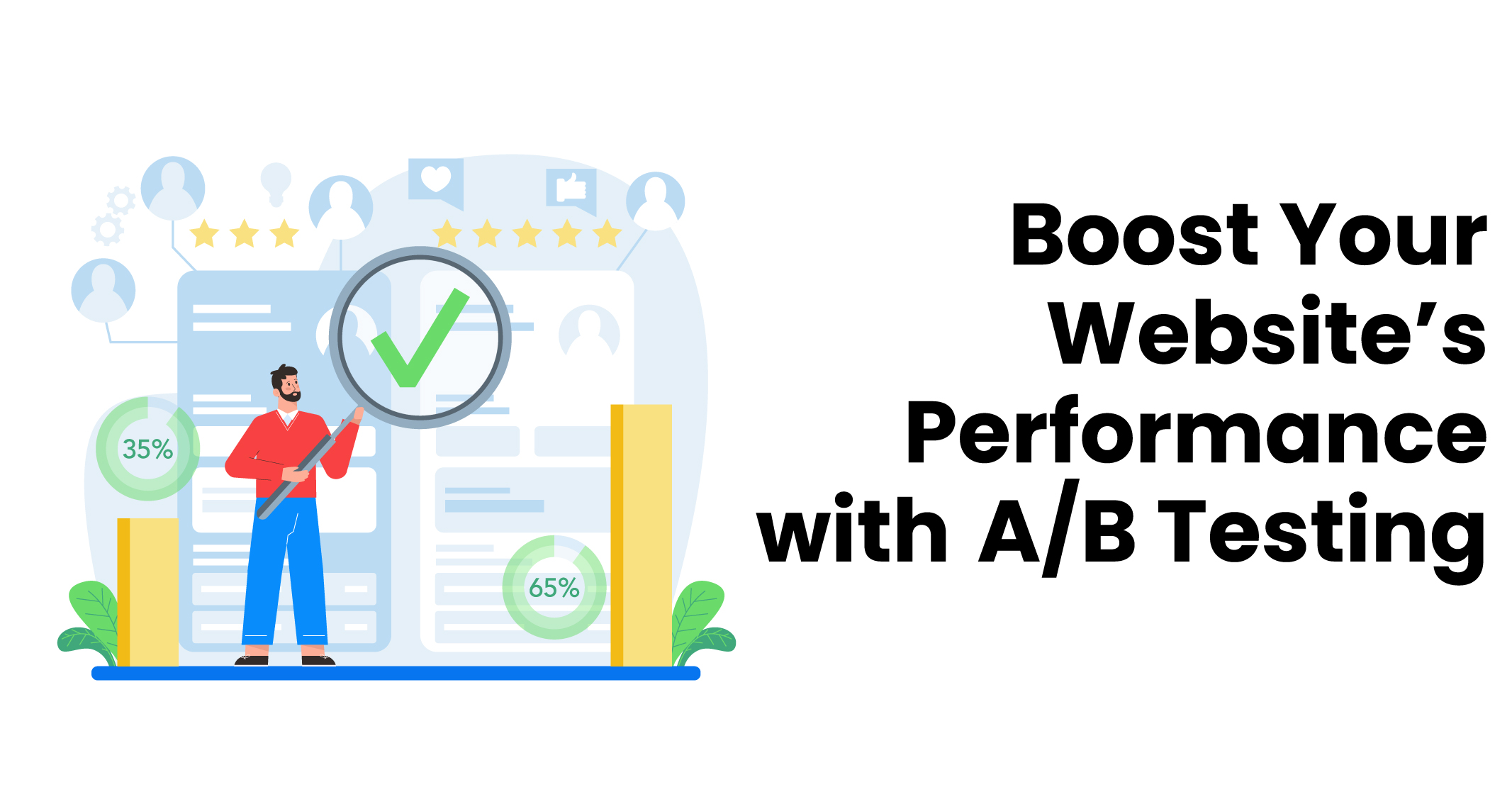I hope you enjoy reading this blog post.
If you want to get more traffic, Contact Us

Click Here - Free 30-Minute Strategy Session
Be quick! FREE spots are almost gone for this Month. Free Quote

As the online landscape becomes increasingly competitive, businesses need to ensure that their website stands out from the crowd. One of the most effective ways to achieve this is through search engine optimization (SEO).
However, with so many websites vying for the top spot-on search engine results pages (SERPs), it’s no longer enough to rely on basic SEO techniques. To truly optimize your website and drive traffic to your business, you need to take advantage of advanced SEO techniques.

Click Here – Free 30-Minute Strategy Session
Be quick! FREE spots are almost gone for this Month
In this blog post, we’ll explore some of the most effective advanced SEO techniques that you can use to skyrocket your website’s visibility. From optimizing for voice search to leveraging artificial intelligence (AI) and machine learning, we’ll cover everything you need to know to take your SEO strategy to the next level.
So, whether you’re a small business owner or a seasoned SEO professional, read on to discover how you can master the art of SEO and get ahead of the competition.
Content marketing has become a staple for businesses looking to drive traffic and increase engagement. But what about all those old blog posts that haven’t seen the light of day in years? Reoptimizing your old content could be the secret to breathing new life into your website and giving your content marketing strategy a boost.
Why should you bother reoptimizing old content, you ask? Well, think of it this way: every piece of content you produce takes time and resources to create. By reoptimizing your old posts, you’re essentially maximizing your investment and getting more bang for your buck. Plus, it’s a great way to improve your website’s SEO by giving those underperforming pages a second chance to rank higher on the SERPs.
So, how do you go about reoptimizing your old content? There are several approaches you can take. One is to review the organic traffic and conversion data in Google Analytics to identify pages that are receiving low traffic. You can also check impression and click data in Google Search Console or assess keyword rankings and traffic in tools like Ahrefs.
Once you’ve identified which pages to focus on, it’s time to audit them. Look for quick wins such as updating title tags, inserting relevant keywords, and improving internal linking. For older content, you may need to make more extensive updates, such as rewriting or adding new content to make it more relevant and engaging for your audience.
Here are some key takeaways to keep in mind:
So, if you’re looking for a way to get more out of your content marketing efforts, reoptimizing your old posts could be just the trick you need to take your website to the next level.
Learn More: Building a Content Marketing Strategy
In today’s digital landscape, having a mobile-friendly website is no longer a luxury, it’s a necessity. With more than 50% of internet traffic coming from mobile devices and over 40% of online transactions taking place on mobile, a responsive website is crucial for businesses looking to reach their audience anytime, anywhere.
But it’s not just about user experience. Google has shifted to a mobile-first approach to crawling and indexing sites. This means that the search engine’s spiders or crawlers view your website from the perspective of a mobile device, rather than a computer. So, if your site isn’t responsive, it won’t rank as high in search results.
In today’s fast-paced, mobile-driven world, a mobile-friendly website is a must-have for any business looking to stay competitive and reach their audience on the go.

Just like a robot vacuum needs a clear path to clean your floors, search engine crawlers require proper internal linking to roam and index your website. Without it, your website won’t appear in search results, and you’ll miss out on organic traffic, clicks, and revenue.
But that’s not all – using and developing an internal linking strategy can also showcase the relation between pages, pass link juice from high-authority to lower-authority pages, and demonstrate the relevance or value of older or newer pages. By improving the rankings of your pages, you can boost your website’s overall performance and achieve your SEO goals.
Creating an internal linking process takes time, but it’s worth the effort. You can start by checking the number of inbound links to your site and the number of inbound links per page. As you create new content and optimize old pages, prioritize internal linking to provide value to your readers and improve your website’s search engine visibility.
Remember, don’t force your keywords – use anchor text that makes sense and provides context for the reader. By following a smart internal linking process, you can take your website to the next level and drive more traffic, leads, and sales.
Learn More: 12 Killer Tips for Internal Links SEO
Is your SEO strategy losing valuable traffic to featured snippets? It’s time to switch it up and target keywords without featured snippets! Here’s why:
To get started, try these tips:
Don’t let featured snippets steal your traffic – try targeting keywords without them and see the difference it makes for your business.
Are you struggling to compete with other businesses’ content? Repurposing your content into different formats can help you stand out from the crowd and attract more traffic and engagement. Here’s why you should consider repurposing your content:
Here are some tips for repurposing your content:
By repurposing your old and new content, you can reach a wider audience, improve your SEO strategy, and achieve better results for your business.
Learn More: Top 10 SEO Strategies in 2023
Links are like endorsements for your business, earning trust and support from others in the online world. That’s why Google considers links a top-ranking factor in its algorithm. But let’s face it, link building can be a daunting task, requiring loads of research and outreach. So, how can you streamline the process and get ahead of the competition? By targeting dead links to your competitors’ pages! Here’s how:
By claiming dead links to your competitors’ pages, you have a compelling reason to reach out to potential targets, offering to fix their broken link. This advanced SEO strategy can streamline your link building process and give you a leg up on the competition.
Learn More: The Zen Way of Creating High Quality Backlinks
Is your website loaded with thin content? You know, the kind that doesn’t add value, but rather leaves your visitors wanting more? If so, it’s time to do something about it. Here are the reasons why:
But wait, there’s more! Deleting thin content isn’t just about improving your website’s ranking. It’s also about making room for better content that can enhance your visitors’ experience. So, don’t be afraid to delete that useless content and replace it with something more valuable.
Are you struggling to drive traffic to your website? Do you feel like your online presence is not getting the attention it deserves? Look no further than Traffic Radius, a digital marketing agency that specializes in advanced SEO strategies.
With years of experience in the industry, Traffic Radius knows what it takes to optimize your website for search engines and increase your online visibility. They offer a range of services, from technical SEO audits to content marketing, that can help your business thrive in the competitive online landscape.
One of the key factors to success in SEO is staying ahead of the curve with advanced strategies. That’s where Traffic Radius comes in. Their team of experts are constantly researching and implementing the latest techniques to improve their clients’ search rankings.
When it comes to SEO, time to value is critical. It’s the amount of time it takes for a user to find value in your content. A short time to value means users can quickly find what they’re looking for. But, with long intros, large hero images, and irrelevant content, many websites have poor time to value.
A poor time to value can negatively affect your website’s bounce rate, dwell time, and session duration. This, in turn, could impact your traffic and search engine rankings.
So, how do you improve your content’s time to value? Here are a few tips:
Investopedia is an excellent example of a website that has mastered time to value. They provide a definition of the term in the image, followed by a summary of the article in the “Key Takeaways” section. This helps users find exactly what they’re looking for without having to scroll.
Improving your content’s time to value will not only help your users find what they’re looking for quickly but also improve your website’s overall user experience. This, in turn, will positively impact your search engine rankings and traffic. At Traffic Radius, we understand the importance of time to value and can help you optimize your content to improve your website’s performance.
Are you tired of struggling to rank for individual keywords? Are you ready to demonstrate your expertise and authority in your industry? If you answered yes to both of these questions, then topic clusters are the way to go!
Topic clusters are a group of articles that cover a central topic and link to and from each other. Think of it as a web of content that covers a topic inside and out. This comprehensive coverage shows your readers and Google that you know what you’re talking about.
And how do you create a topic cluster, you ask? Simple! Start with a pillar page, which is a page that covers a broad topic. Then, create content that covers related topics, which will make up the cluster. Link these pieces of content to and from the pillar page, and voila! You’ve got yourself a topic cluster.
Not only will topic clusters improve your topical authority, but they’ll also make your readers happy. By covering a topic in-depth, you’ll satisfy your readers’ queries and any follow-up questions they may have. And we all know that happy readers equal happy Google.
Sure, migrating your site’s content into a topic cluster structure may not be the easiest task, but it’s a task that’ll pay off in the long run. Say goodbye to ranking for single keywords and hello to ranking for topics. Show your readers and Google that you’re an expert in your field with topic clusters.
Here are some reasons why you should consider building out topic clusters:
So, what are you waiting for? Get ahead of the game with topic clusters and watch your site’s success skyrocket!
Want to increase your visibility without needing to improve your rank? Then it’s time to start using FAQ schema markup as part of your advanced on-page SEO strategy.
With FAQ schema, you can make the questions you answer in your content appear directly on the SERP, taking up valuable real estate and pushing your competitors down the page. And it’s not just about getting more space – studies have shown that pages with FAQ schema see a 2-3% increase in click-through rate (CTR) compared to those without.
So how does it work? By using structured data markup, you can provide Google with specific information about the questions and answers on your page. This makes it easier for the search engine to understand the content and present it in a clear and user-friendly format.
But FAQ schema isn’t just for e-commerce sites or technical support pages. Any page with question-and-answer style content can benefit from using it, whether you’re running a blog, a service-based business, or an online store.
Plus, by providing users with quick answers to their questions directly on the SERP, you can improve their overall experience and increase the chances of them clicking through to your site. So why not start using FAQ schema today and start grabbing more traffic from your competitors?
Learn More: Schema Markup – What is it & Why is it Important for SEO?
Get high-quality backlinks without spending endless hours on link building with this Google-approved tactic: leveraging paid ads.
Here’s how you can do it:
The top results on the front page tend to get more backlinks simply because they get more clicks and traffic. So, running ads for keywords with informational intent and targeting your high-quality content can help you get more traffic and backlinks.
And the best part? This strategy is not only effective on Google but can also be applied to Bing and Facebook.
By leveraging paid ads, you can make the most of your advertising budget while also building backlinks and improving your SEO. Give it a try and see the results for yourself!
Learn More: Top 16 Untapped Backlinks to Get You Ranking High in SERPs

Unlock the full potential of your website by harnessing the power of A/B testing. This technique allows you to test different versions of your content and find the most effective one. Here are some tips to get started:
Remember, even small changes can have a significant impact on how your users interact with your website. A/B testing is a powerful way to unlock the full potential of your website and achieve your business goals.
Learn More: CRO Test Ideas for Your Business
Visual content is a powerful tool for engaging users and keeping them on your website. However, with nearly every webpage featuring images, it can be challenging to make your visuals stand out. In 2023, diversifying your visuals is key to keeping users engaged and reducing bounce rates.
Here are some tips for diversifying your visuals:
By adding diverse visual elements to your website, you can increase engagement, reduce bounce rates, and ultimately improve your website’s SEO. So, don’t be afraid to get creative and try out new types of visual content!
Keyword cannibalization is a common issue that can harm your SEO efforts. Here are some important points to keep in mind:
Remember, resolving keyword cannibalization can improve your rankings and increase traffic to your site.
Log file analysis is a powerful technique that provides valuable insights into how search engines crawl your website. Here’s how it can benefit your SEO efforts:
With log file analysis, you can unlock a wealth of information that can help you stay ahead of the competition in the ever-evolving world of SEO.
Learn More: How to Fix Crawl Errors in Google Search Console

Mastering advanced SEO techniques can significantly improve your digital marketing and website performance. By understanding and implementing these tactics, you can increase your organic traffic, improve your search engine rankings, and enhance your overall online presence.
From optimizing your site speed and mobile experience to diversifying your visuals and conducting log file analysis, there are many advanced SEO techniques that can help take your digital marketing to the next level.
However, keep in mind that SEO is not a one-time task, but rather an ongoing process that requires continual monitoring and adjustment. It’s important to stay up-to-date with the latest trends and best practices to ensure that your website is always performing at its best.
At Traffic Radius, we have a team of experienced and knowledgeable SEO professionals who can help you implement these advanced techniques and optimize your website for maximum performance. Contact us today to learn more about how we can help improve your digital marketing strategy.
Remember, the success of your website and digital marketing efforts depends on a solid foundation of SEO techniques. So, don’t overlook the importance of investing in these advanced tactics to stay ahead of the competition and achieve your online goals.
SEO is a dynamic and multifaceted field that requires a holistic approach to succeed. Some of the SEO techniques that work best today include:
Here are three common SEO techniques that many experts recommend:
It’s hard to pinpoint a single SEO technique that is the best for all sites and situations, as different sites have different needs, goals, and challenges. However, many SEO experts agree that creating high-quality and relevant content that satisfies searchers’ intent and aligns with your business objectives is a crucial factor for SEO success.
By understanding your target audience, their needs, and pain points, and delivering them valuable and unique insights, solutions, and experiences, you can earn their trust, loyalty, and advocacy, and attract more traffic, engagement, and conversions.
Again, there’s no one-size-fits-all answer to this question, but here are five SEO strategies that many businesses and marketers use:
Remember that SEO is a complex and ever-evolving discipline that requires patience, persistence, and experimentation. By focusing on your audience, your content, and your performance, and staying up-to-date with the latest trends, guidelines, and innovations in SEO, you can build a sustainable and successful SEO strategy that drives long-term growth and value for your business.

LEAVE A REPLY